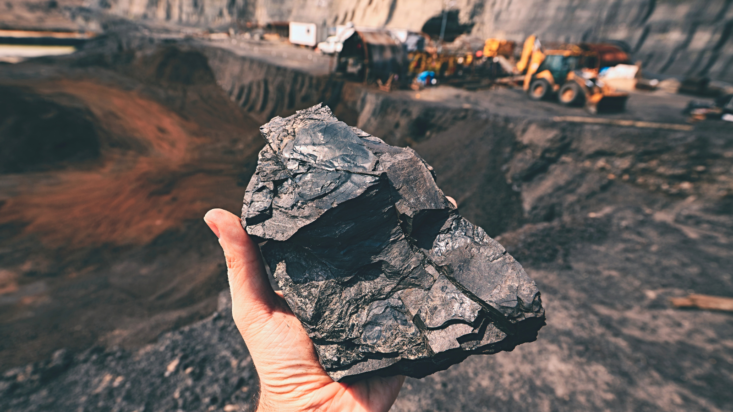More upside predicted for ASX-listed thermal coal companies
Despite the sector’s exceptional share price appreciation over the past 12 months, Emanuel Datt believes there remains further upside for locally listed thermal coal companies.
Speaking to The Inside Investor, the founder and principal of Datt Capital says there is a structural imbalance in the market, particularly for high-quality coal.
Three of the top four performing companies in the S&P/ASX 100 over the past year operate thermal coal mines: Whitehaven Coal, New Hope and Yancoal. Each has more than doubled in value on the back of record energy prices.
Thermal coal is predominantly used for energy generation, whereas metallurgical (coking) coal is required for iron and steel-making. The market for high-quality thermal coal has been making new highs for nearly two years. Datt explains years of underinvestment led to a deficit in upstream capacity which came to the fore over 2021. The issue has now been exacerbated by Russia invading Ukraine, with subsequent bans on Russian coal, in addition to sanctions on natural gas, leading to European nations scrambling to source sufficient base-load power generation.
In 2020 domestic producers were fetching about US$60 per tonne. Today the current spot price for ICE Newcastle Coal is around US$420/t. Australian producers have also benefitted from favourable terms of trade, with revenue earned in US dollars and repatriated back to Australia.
Supply response absent
Typically when commodity prices move higher, existing marginal producers enter the market and new developments are funded to capitalise on economic profits. However, this has failed to eventuate in the thermal coal market due to a range of factors including access to financing, arduous permitting restrictions and the existential risk of renewables.
Subsequently, ICE Newcastle Coal Futures – considered the benchmark for Australian thermal coal miners due to its high calorific value of 6,000 kcal/kg – is currently in contango with the price expected to gradually retreat and settle at US$300/t from 2025 onwards, well above historical levels.
“Australian thermal coal products are highly sought after… and I don’t see the incremental supply coming online to shift that supply-demand equation,” Datt adds.
This view is supported by S&P Global, which recently wrote that “any significant reduction of coal consumption will prove challenging” in the Asia-Pacific region – the main buyer for Australian thermal coal.
Moreover, management teams are reluctant to accept new development risk given the limited upside. Coal companies trade on extremely low multiples due to environmental, social and government (ESG) implications, limiting institutional investment in the sector.
“When you consider the cost of a development project and all the various delivery risks, if new incremental production is only going to be valued at two times after tax-free cash flow, why would you bother?”
Datt adds that thermal coal is non-fungible, largely to each power station’s ability to only accept certain input specifications. Different calorific values in addition to varying sulphur, ash and phosphor contents all contribute to what coal is accepted. He says talk of metrological producers taking advantage of the price spike is overdone, given at best just 5-10 per cent is transferable.
Capital returns too good to ignore
Datt says that thermal coal companies have historically traded on a free cash flow multiple from six to ten. This implies a three to five-fold upside to current valuations. He adds that this depends on what you consider to be a “long-term realisable price”, but points to a recent forward contract signed by New Hope for 1.8 million tonnes at $405/t.
“I think that [a market price] of US$150/t or US$200/t is basically a gimme over the next five years, just looking at the forward curve and making some conservative assumptions,” he says, adding that forecasting is difficult.
As for what could lead to a re-rating of thermal coal companies, Datt suggests an aggressive return of earnings to shareholders will force investors on the sidelines to take notice.
“The reality is that there’s an opportunity cost not to participate in this thematic and coal companies are consistently putting that in the faces of professional investors.”
He highlights Whitehaven Coal’s recent announcement of a 25 per cent buyback sending a strong signal that the sector is serious about returning capital back to shareholders.
Should thermal coal continue its march higher, it will become difficult for fund managers unable to invest in the sector to maintain performance or at least nullify its impact with a neutral portfolio weighting.











